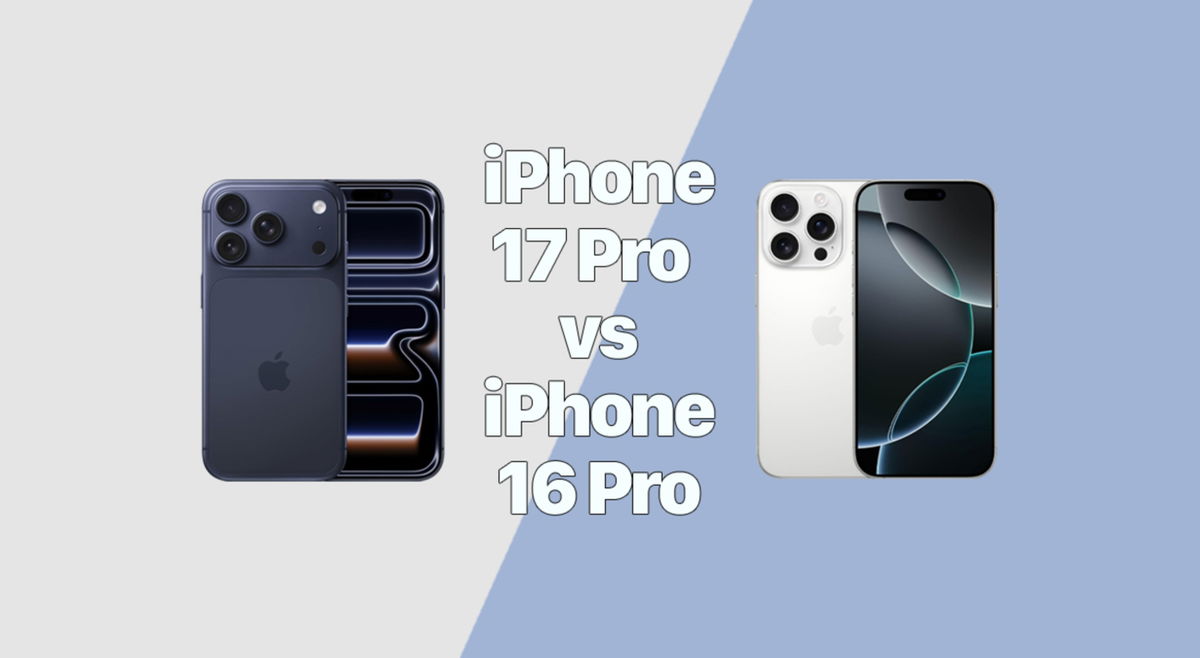Starlinkthe high-speed internet provider led by Elon Musk currently has largest constellation satellites in the world. This is a double-edged sword. On the one hand, this makes them practically invisible. With more than 7000 satellitesIn space, no one can compete with his reach. However, it has also received a lot of criticism for all the space debris it represents and how these devices can interfere with astronomical observations. Thus, European Union (EU) plans to develop its own satellite constellation with some considerations that will match Starlink’s advantages but eliminate the disadvantages.
This is a satellite constellation It’s called IRIS². and if all goes well, it will be operational in 2030. The EU has just signed an agreement to build it, which will involve two major European satellite network operators. Eutelsat and Hipasat, and several European satellite communications subcontractors such as Airbus and Deutsche Telekom.
There’s still a long way to go before IRIS² can compete with Starlink, but the truth is that, at least in theory, what’s been proposed seems far less harmful than Elon Musk’s satellite constellation. How can they achieve all these benefits without causing such harm to the sky?
The key is in the height
Roughly speaking, the reason why IRIS² can compete with Starlink by providing new advantages is the altitude at which the satellites will be placed. Elon Musk’s constellation has 7,000 satellites, all of them in low orbit. Thus, you can cover a significant part of the planet with your coverage. However, IRIS²’s goal is to send fewer than 290 satellites into space. They will only be posted 264 in low orbit and 18 in medium orbit.. And this is exactly the key. The satellites at two altitudes provide connectivity so that the constellation can communicate quickly and securely without losing signal at any time. It is not necessary to cover the entire low orbit; it is enough to place some links into medium orbit.
Will this constellation be able to surpass the Starlink constellation launched by Elon Musk?
At this point, we don’t know if this constellation will surpass Starlink’s reach. One thing is clear: it will be less harmful for the sky. The public-private consortium that will develop it plans to invest in it. $11 billion. Of course, this is an important fund with a large deployment expected.
We’ll have more news soon. At the moment, it looks like Elon Musk and his Starlink are starting to face competition. Let’s hope this is a respite for the sky and not a big problem due to competition over who has the biggest constellation.
Source: Hiper Textual













